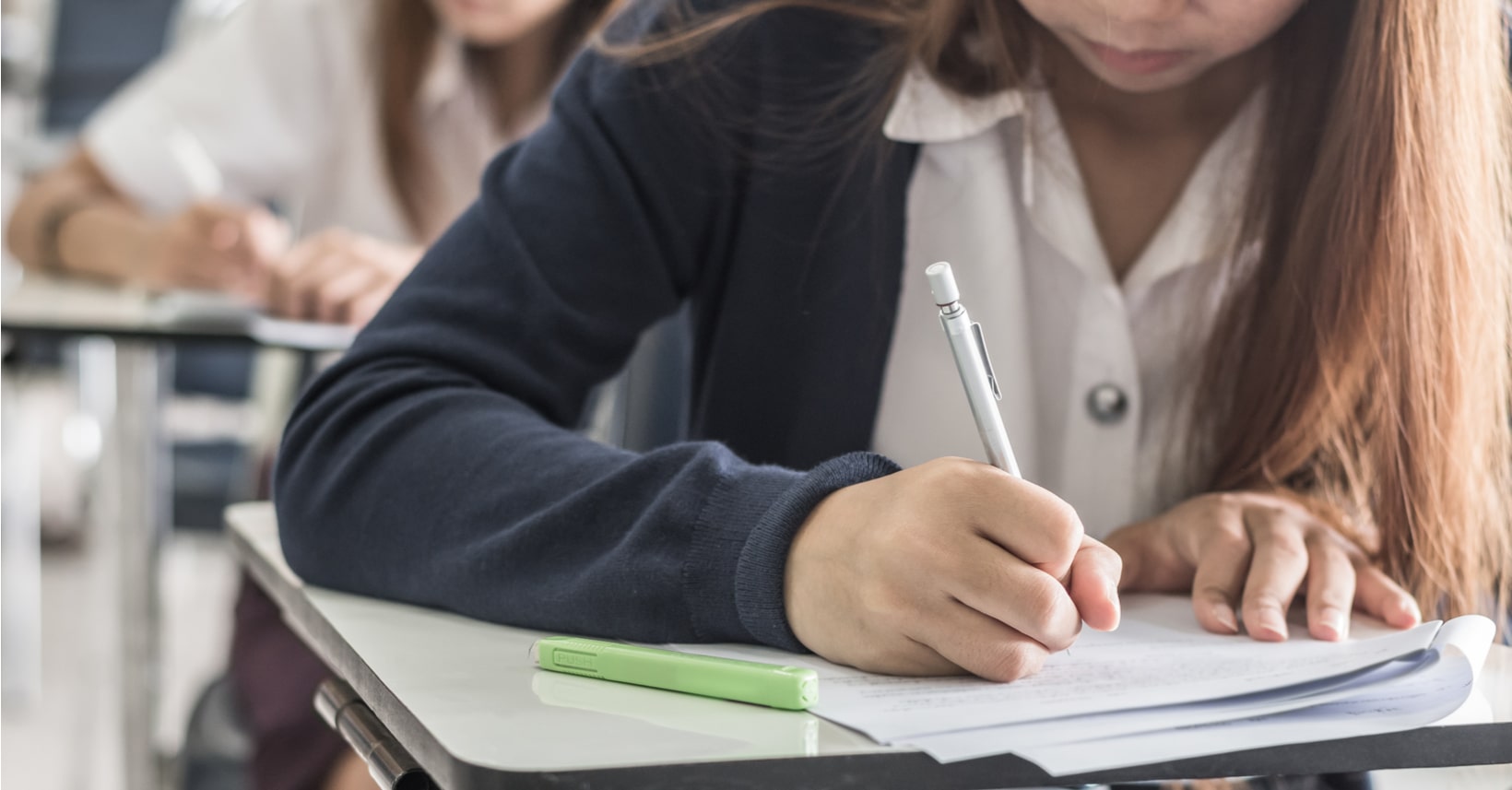Education has gone a long way along the path of modernisation.
Many of the milestones that we have seen in this sector have been reached thanks to the introduction of new technology for teachers and students.
This does not come as a surprise, as digitalism is such a big part of the world in which we live. Many of the jobs and activities that did not require technology in the past do require the use of technology today.
For the modern classroom, there’s now a growing expectation on raising student performance achievement by integrating technology as a tool.
Of late, the government has invested a lot in promoting the use of technology in schools.
Policymakers and educators are committed to the introduction of digital programs that will have positive effects on students’ results and school improvement.
The increasing commitment by the government in improving education through technology is often directed by perceived success based on assessment scoring, adhering to regulatory compliance, and finally performing well as a country against different nations.
However, technology can do so much more to improve schools.
It can improve teachers’ and students’ wellbeing, empower parents’ involvement through effective communication, and last but not least, it can make learning more accessible.
Let’s look more in detail at some of the improvements technology can bring.
How Technology Can Help Assessment

Assessment and testing have a significant impact on the lives and careers of young people.
Teachers’ decisions and assignment results influence the prospects and opportunities of their students.
Given their crucial importance, it is essential that assessment results should reflect and influence school learning in the best possible way. Hence, the pressure to get them right.
Getting assessments right is easier said than done.
One of the trickiest challenges for teachers is having to combine two contrasting aspects of the process: having to be consistent in grading all their students and having to take into consideration each individual student’s circumstances.
Teachers evaluate performance through tests, exams, assignments and projects, but they also need to take into account things like attendance, health, etc. that may have a direct impact on the outcome.
Technology can help the procedure and thus reduce pressure.
Educators can use digital tools for collecting data on test results and combine those with attendance tracking, for instance.
They can also detect groups of pupils who may need more help, target their focus on the selected groups and take timely action to tackle issues.
The other challenge in assessing is the changing legislation around it.
Standards are often reviewed in view of new developments, may these be political or circumstantial, like the changes set out by Ofsted in reflection to the latest coronavirus. While this happens, schools need to keep on running, stay relevant and adapt.
Technology can give teachers the flexibility they need. Web-based platforms, in particular, can be easily updated to meet new requirements.
Technology Can Facilitate Communication with Parents

Parent’s involvement in their child’s education is crucial.
Keeping up to date with the child’s progress and issues, he or she may face, while also having an insight into the child’s behaviour outside the family and home empowers parents with the upbringing of their sons and daughters.
Before digitalisation, parents could only rely on periodical school meetings to gain the same knowledge. Not just that, but often messages from teachers had to be delivered home by the pupil, who if very young could not always be up to the task.
The introduction of tools such as email, messaging and push notifications renders communication smoother, more frequent and traceable.
Creating this sort of connectivity should not be seen as just an additional option, but as a vital contributor to young students’ wellbeing.
The current pandemic has highlighted, according to the BBC, how a disruption in staying connected for children without the possibility to use digital devices risks leaving those children behind.
While providing access to technology to households with children is a responsibility that lies in great part within the hands of governments and society, making the technology easy to use should be a mandate for every education tech provider.
How Can Technology Improve Performance in Schools?
Having more effective assessment processes and communication with all school stakeholders will result in improved performance.
Being able to accurately assess and timely detect issues, where these may arise, means being able to provide levelled support.
Pupils in need of extra assistance will be identified, supported, and thus given a greater chance of improving their performance.
Teachers will be able to spend more time in the classroom, as automated reporting alleviates them from the burden of cumbersome administration task. They will be able to concentrate their efforts on teaching, and aid students achieve better results.

How Does Bromcom’s Technology Help Improve Education?
Bromcom offers a cloud-based MIS (or management information system) with integrated solutions that respond to all the points explored above.
It helps with assessment in primary and secondary schools.
The Primary Tracker supports summative and formative assessment, and helps meet the standards of the early years foundation stage (EYFS). It includes mark sheets designed to be clear and uncluttered, giving teachers tools to reduce the time spent entering data, and giving them immediate feedback by using colour-coding to indicate the level at which each student is working.
For secondary schools, where exams are introduced, and testing on assessment becomes more rigorous, Bromcom provided powerful analytics tools.
These are able to track demographics and KPIs such as attendance, behaviour and attainment. Examine a wide variety of metrics with both static figures and general trends.
These are all gathered within intuitive dashboards that contain headline figures, and multiple graphs and timelines with drill-down functionality.
In addition, the unique link to Microsoft Power BI (Business Intelligence) enables schools to create their own custom dashboards and present them within the MIS.
Flexibility in product and provider is a quality schools should consider when choosing a new technology.
Asked to comment on why they chose Bromcom, Gary Towers of Balcarras Secondary School said:
“… It was clear that there was those kinds of developments going on all the time, and from a feature point of view, and the fact that you were willing to continuously develop your product is what helped us to decide you were better for us.”
The MIS also includes a user-friendly Parent App, MyChildAtSchool, with email, messaging and push notification. All communication is seamlessly handled through a cloud-based platform that guarantees access from anywhere and at any time.

The app can do much more than just handle an exchange of messages. Parents can use it to do the following:
- Sign up to clubs, trips, wraparound care and events;
- Purchase items from the school shop;
- Keep track of their child’s behaviour and attendance records;
- See what homework their child has been set;
- Book parents evenings;
- Top up dinner money balances.
Having access to the app is a great way for parents to be involved in their children education.
To find out more about all the products that will improve your overall school experience, why not chat to us directly? We’re always happy to help.